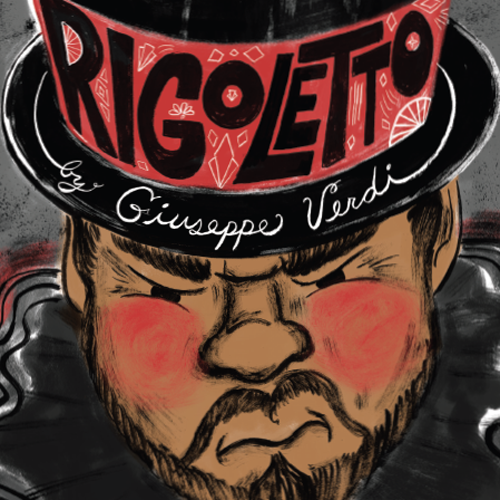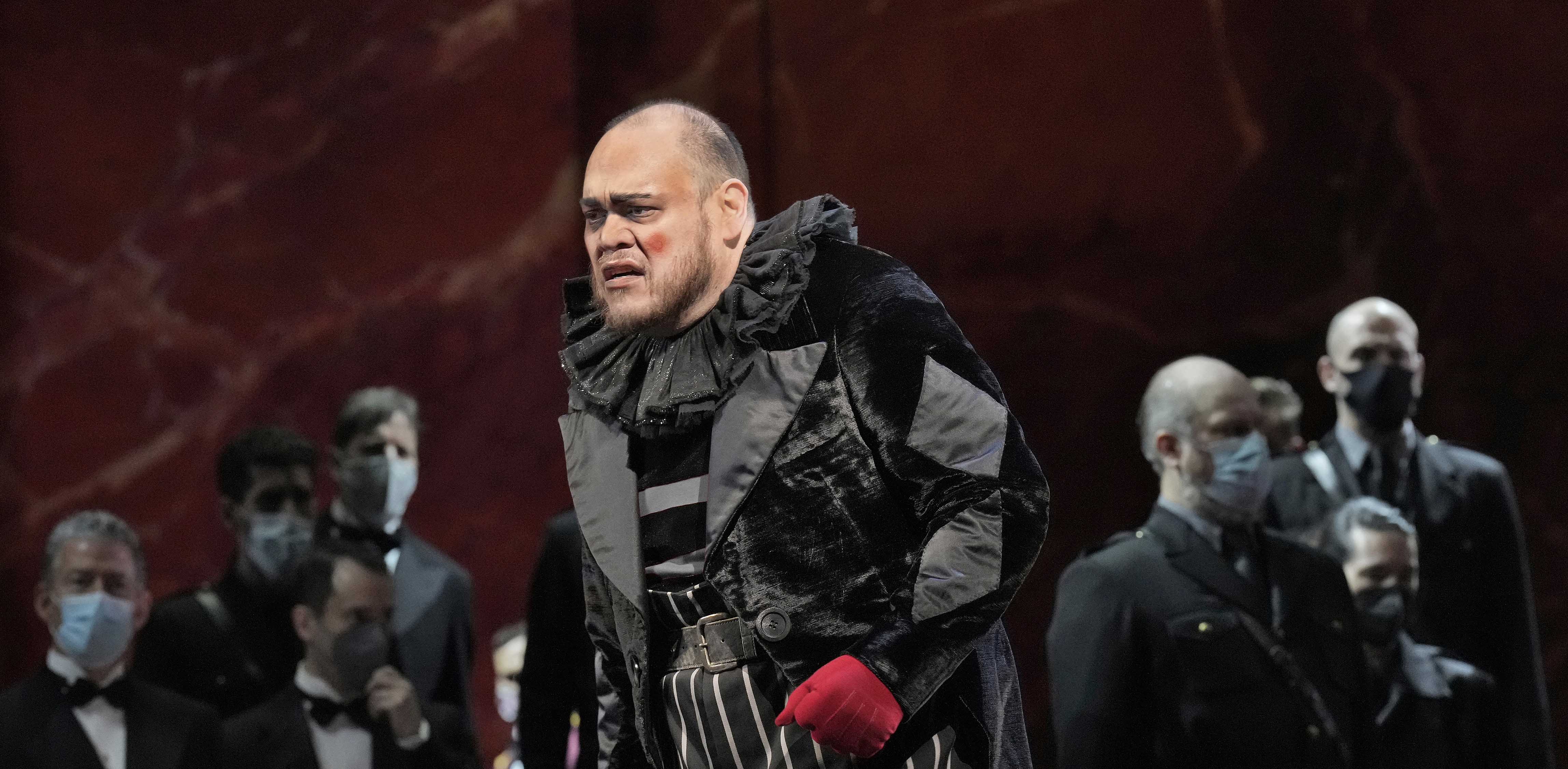
Rigoletto
With just a few carefully chosen dramatic elements—a splendid royal palace as the site of debauchery and crime, a noble duke as a lascivious tyrant, and a court comedian as the emotional epicenter of a heartbreaking tale—Giuseppe Verdi’s brilliant, blood-soaked Rigoletto turned the 19th-century social order on its head. Written during an era when revolutions roiled Europe and age-old absolute monarchies teetered on the brink of extinction, both Verdi’s opera and the Victor Hugo play that inspired it met with official censorship and condemnation. Yet as Verdi well knew, the very plot points that so infuriated the authorities (such as a nobleman’s shameless savagery and a humble jester’s murderous revenge) also lent the story an undeniable narrative flair. “Rigoletto would be one of the greatest works of modern theater—if only the police would allow it,” Verdi wrote to his librettist, Francesco Maria Piave, a year before the opera’s premiere. History would soon prove Verdi right: Ever since its wildly successful opening night, Rigoletto has been one of the most beloved operas of all time.
For Bartlett Sher, director of a new production at the Met this season, Rigoletto is a story of power and corruption—and the disastrous consequences of allowing autocratic tendencies to go unchecked. To fully explore the work as a political parable, Sher has transposed the story from 16th-century Mantua to the brief period of democracy in Germany between the two world wars. The Weimar Republic, as this period was known, was an era of both tremendous artistic output and profound political instability, as the ongoing traumas of World War I, the economic effects of rampant inflation, and the terrifying rise of fascism seeped into every facet of daily life. Sher also sees in this period—and in Verdi’s story—a cautionary tale for us today. “My invocation of the Weimar Republic is not necessarily meant to draw a direct parallel to now,” Sher says. “But at a time when democracy feels threatened, lessons from history are very valuable.”
This guide takes Sher’s “lessons from history” as its mandate. Using Rigoletto as an interdisciplinary lens, it focuses on three distinct time periods and the political and artistic movements that defined them: the middle of the 19th century (when the opera premiered), the interwar period in Europe (when Sher’s production is set), and the world in which we now live. By delving into Rigoletto’s music, drama, and design, this guide will forge interdisciplinary classroom connections, inspire critical thinking, and invite students to understand this work as both a historical artifact and a work of art that remains pertinent today.



